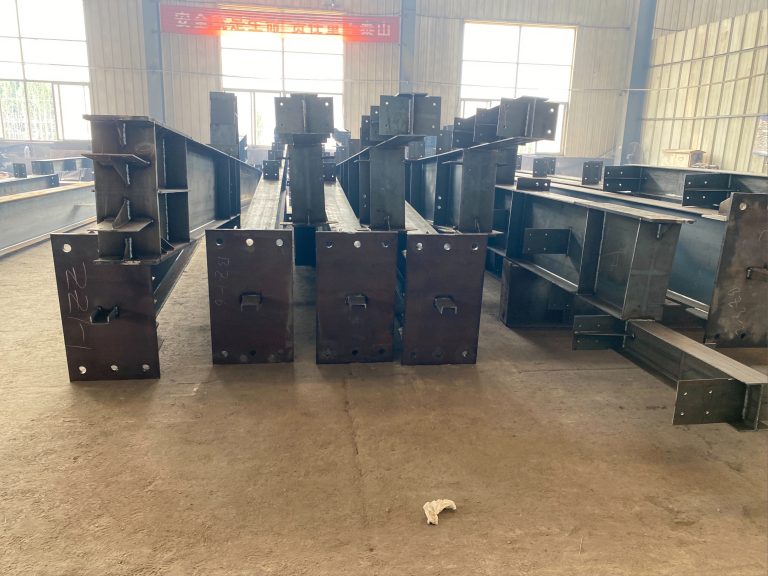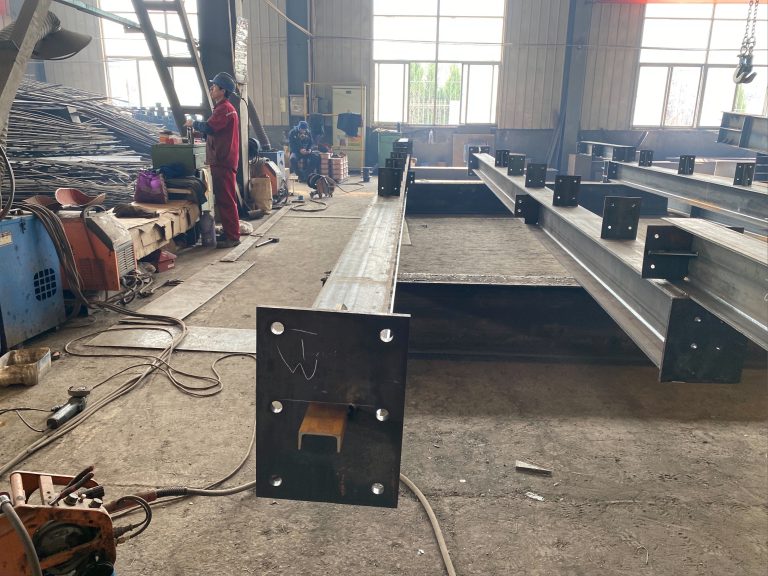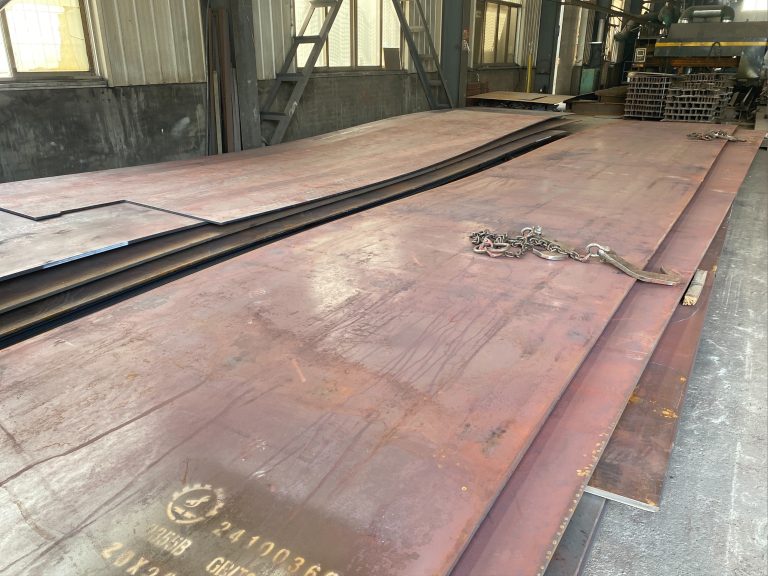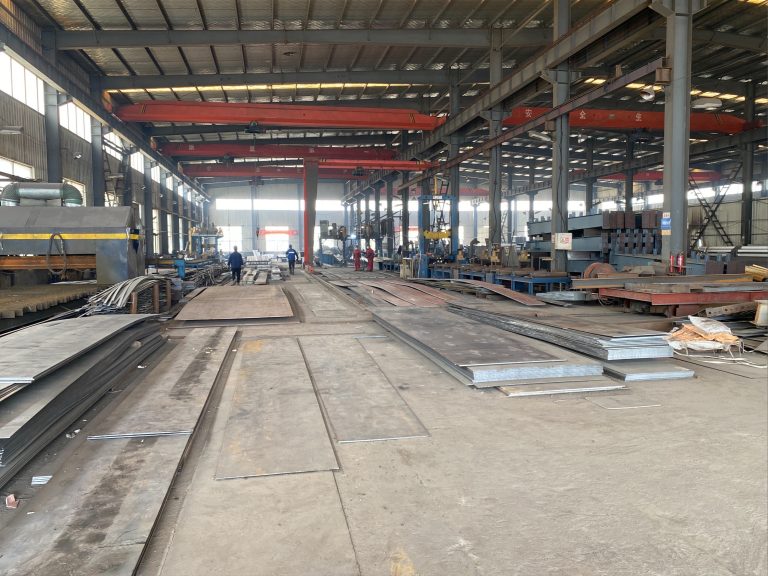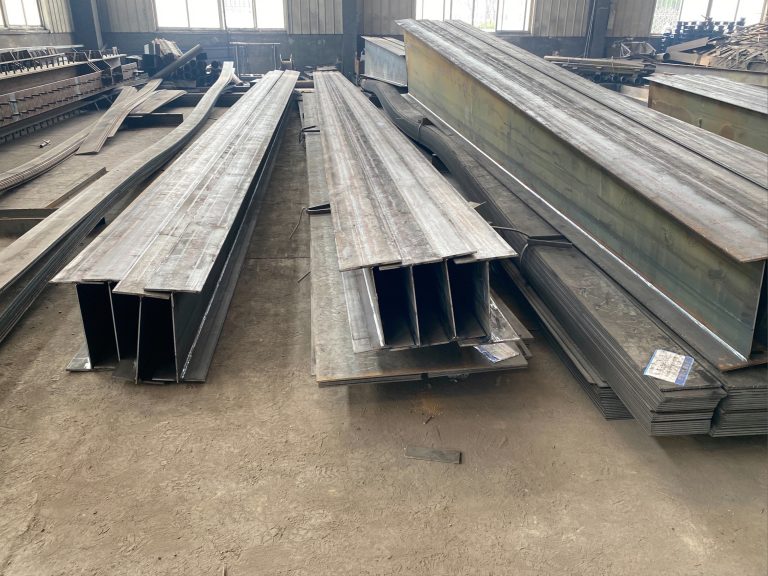Technological innovation of steel structure in the construction of smart city complex
Table of Contents
Benefits of Using Steel Structures in Smart City Construction
Steel structures have long been a popular choice in the construction industry due to their durability, strength, and versatility. In recent years, technological advancements have further enhanced the use of steel in building smart city complexes. These innovative technologies have revolutionized the way steel structures are designed, fabricated, and erected, making them an ideal choice for the construction of modern urban developments.
One of the key benefits of using steel structures in smart city construction is their ability to support the integration of smart technologies. Steel buildings can easily accommodate the installation of sensors, cameras, and other devices that are essential for creating a connected and efficient urban environment. This seamless integration of technology allows for real-time monitoring and control of various systems within the smart city complex, such as lighting, heating, and security.
Furthermore, the use of steel structures in smart city construction offers significant cost savings and environmental benefits. Steel is a highly sustainable material that can be recycled and reused, making it an eco-friendly choice for builders and developers. Additionally, the lightweight nature of steel structures reduces the need for heavy machinery and equipment during construction, resulting in lower energy consumption and carbon emissions.
Another advantage of using steel structures in smart city construction is their speed of assembly. Steel buildings can be prefabricated off-site and then quickly erected on-site, reducing construction time and minimizing disruption to the surrounding area. This rapid construction process is particularly beneficial for large-scale urban developments that require fast and efficient building solutions.
In addition to their technological and environmental benefits, steel structures also offer superior strength and durability. Steel is a highly resilient material that can withstand extreme weather conditions, seismic activity, and other external forces. This durability ensures the long-term stability and safety of smart city complexes, providing residents and businesses with a secure and reliable living and working environment.
Furthermore, steel structures are highly customizable and can be designed to meet the specific needs and requirements of smart city developments. Architects and engineers have the flexibility to create innovative and unique designs that incorporate cutting-edge technologies and sustainable practices. This level of customization allows for the creation of dynamic and visually appealing urban spaces that enhance the overall quality of life for residents and visitors.
Overall, the technological innovation of steel structures in the construction of smart city complexes offers a wide range of benefits for builders, developers, and residents alike. From their ability to support the integration of smart technologies to their cost savings, environmental sustainability, and rapid construction process, steel structures are an ideal choice for creating modern and efficient urban environments. As the demand for smart city developments continues to grow, steel will undoubtedly play a crucial role in shaping the future of urban living.
Future Trends in Technological Innovation for Steel Structures in Smart City Complexes
Steel structures have long been a staple in the construction industry due to their durability, strength, and versatility. In recent years, technological advancements have revolutionized the way steel structures are designed and built, particularly in the construction of smart city complexes. These complexes are characterized by their integration of technology and sustainability to create efficient, interconnected urban spaces. The use of innovative technologies in steel structures plays a crucial role in achieving these goals.
One of the key technological innovations in steel structure construction is Building Information Modeling (BIM). BIM is a digital representation of a building’s physical and functional characteristics, which allows for the visualization and simulation of the entire construction process. By using BIM, architects and engineers can collaborate more effectively, identify potential design flaws early on, and optimize the construction process. This results in faster construction times, reduced costs, and improved overall quality of the building.
Another important technological innovation in steel structure construction is the use of advanced materials. High-strength steel alloys, such as HSS and AHSS, are being increasingly used in the construction of smart city complexes due to their superior strength-to-weight ratio. These materials allow for the creation of lighter, more efficient structures that can support larger loads and withstand extreme weather conditions. Additionally, the use of advanced materials in steel structures contributes to the overall sustainability of smart city complexes by reducing the amount of material needed for construction and minimizing environmental impact.
In addition to advanced materials, the integration of automation and robotics in steel structure construction is another key technological trend in the development of smart city complexes. Automated fabrication processes, such as robotic welding and 3D printing, are being used to streamline the construction process and improve efficiency. These technologies allow for the precise and rapid assembly of steel components, resulting in faster construction times and higher quality structures. Furthermore, the use of automation and robotics in steel structure construction reduces the risk of human error and improves worker safety on construction sites.
The incorporation of sensors and IoT (Internet of Things) technology in steel structures is also a growing trend in the construction of smart city complexes. Sensors embedded in steel components can monitor structural integrity, temperature, and other key parameters in real-time, allowing for early detection of potential issues and predictive maintenance. IoT technology enables steel structures to be connected to a centralized network, providing valuable data on building performance and energy usage. This data can be used to optimize building operations, reduce energy consumption, and improve overall sustainability.
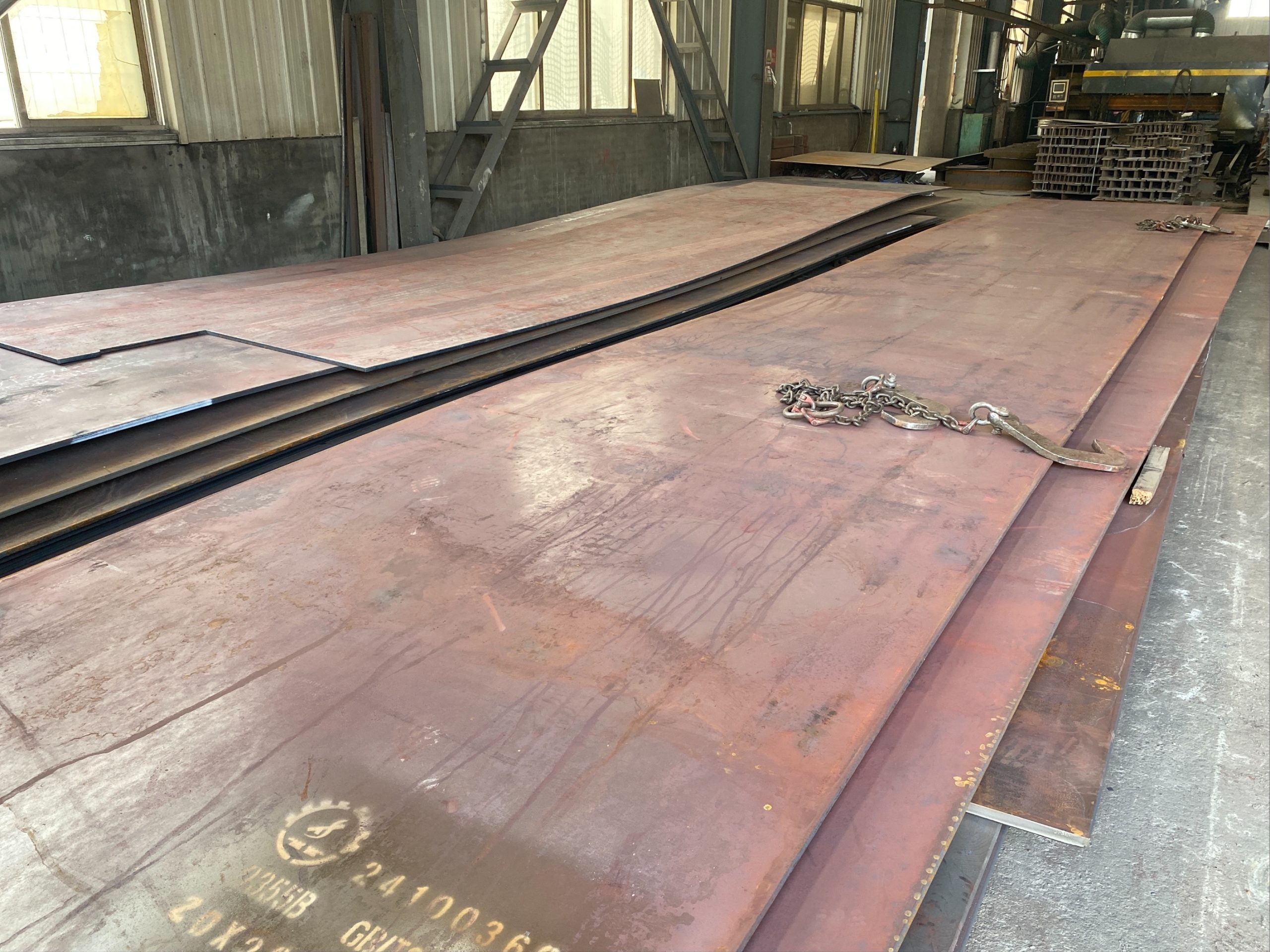
As smart city complexes continue to evolve, the technological innovation of steel structures will play an increasingly important role in shaping the urban landscape. By leveraging advanced materials, automation, sensors, and IoT technology, architects and engineers can create smarter, more efficient buildings that meet the demands of modern urban living. The integration of these technologies in steel structure construction not only improves the quality and sustainability of smart city complexes but also paves the way for future innovations in urban design and construction. In conclusion, the technological innovation of steel structures is essential for the development of smart city complexes that are efficient, sustainable, and interconnected.

